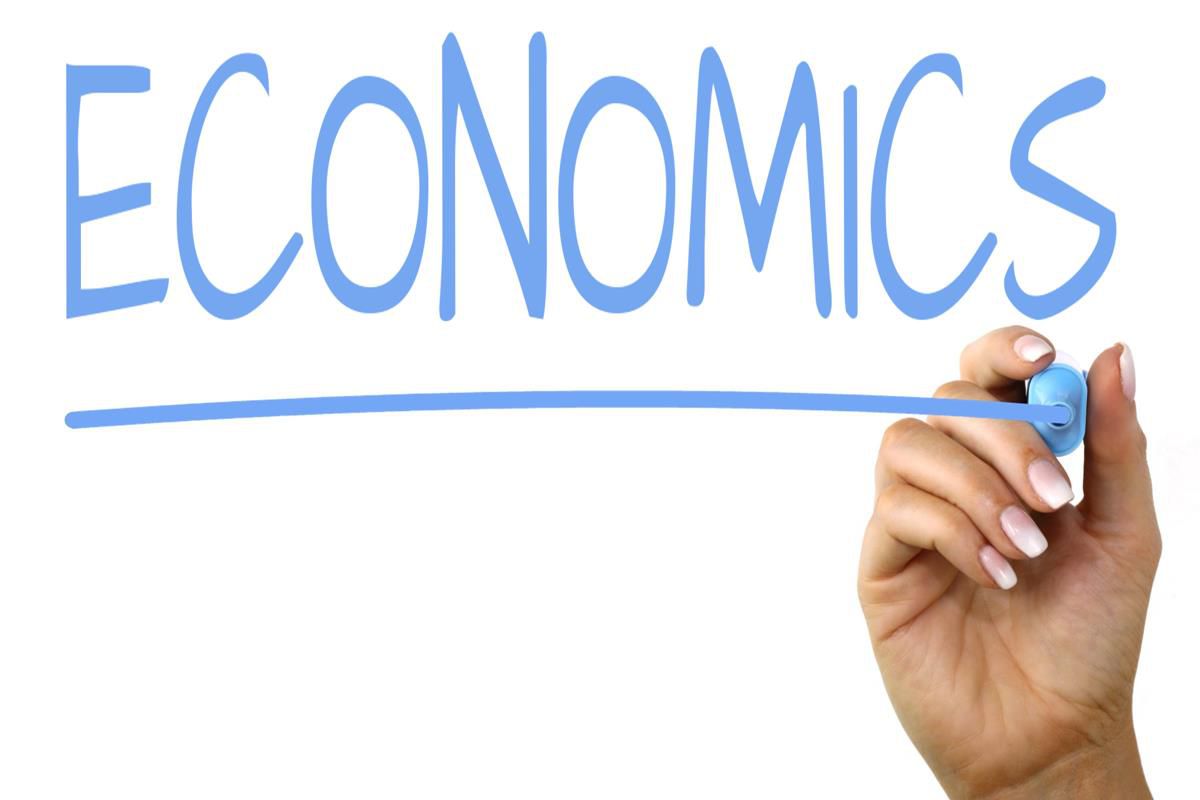WBCS Exam Indian Economy Prelims questions Analysis.
WBCS পরীক্ষা – ভারতের অর্থনীতি – প্রশ্ন বিশ্লেষণ ।
Indian Economy as a subject assumes a significant part in all competitive examination.It has a prominent role in Prelims and Mains. It is an interesting subject. If aspirants are profound of this subject, no doubt you can choose this as your optional subject for W.B.C.S mains Exam. It is an endless subject which deals with the spatial association between individuals, places, and it broadly covers all sphere. This is very easy and scoring optional if approached rightly, a correct strategy is always important.Continue Reading WBCS Exam Indian Economy Prelims questions Analysis.
Analysis of WBCS Prelims questions related to Indian Economy including questions on current affairs of Indian Economy.
The questions are generally asked on the following topics-
- Industrial Location in West Bengal;
- Five Year Plan;
- VAT;
- Sex Ratio;
- SEZ in West Bengal;
- Central Indirect Taxes;
- India’s crude oil import;
- Micro Finance;
- Population growth rate in West Bengal Districts;
- Community Development Programme;
- Current economic events;
- FRBM Act;
- Foreign exchange in India;
- Five Year Plan;
- Current economic events;
- Density of population in states;
- Current Economic Events;
- Economic reforms and liberalization;
- India’s free trade agreement;
- India as a member of international organizations;
- Whole sale price index in India;
- Current economic events;
- Central government disinvestment;
- WTO;
- Number of districts in West Bengal;
- Decentralised planning;
- Current economic events;
- Density of population in states;
- Union Budget;
- Sex ratio in different states;
- Reserve Bank of India;
- India’s GDP;
- Five Year Plan;
- Union taxes and duties;
- Current Economic Events;
- Reserve Bank of India;
- Planning Commission;
- India’s Preferential Trade Agreement;
- Current Economic Events;
- Navaratna;
- DA and Price Index;
- National Development Council;
- SAARC;
- Surge of rupee against dollar;
- Reserve Bank of India;
- Population in different states;
- SEZ;
- Current economic events;
- Industrial licensing;
- Bank rate;
- Finance Commission;
- Fiscal policy;
- Foreign exchange reserve;
- Permanent Settlement;
- National income;
- Second Five Year Plan;
- Second Five Year Plan;
- Female literacy rate in West Bengal;
- Percentage of people below poverty line;
- World Bank;
- Current Economic Events;
- HDI;
- Population growth in India;
- Birth rate reduction;
- Eleventh five year plan;
- Silk industry in West Bengal;
- Iron and steel plants in Rourkela and Durgapur;
- Finance commission;
- Number of municipal towns in West Bengal;
- AGMARK;
- Bonded Labour;
- National Commission of Population;
- Green Revolution;
- Literacy rate in West Bengal;
- Largest district in India;
- Average size of operational holdings in India;
- HDI;
- NABARD;
- Number of Panchayat Samitis in West Bengal;
- Percentage of total area occupied by food grains in India;
- Five Year Plan;
- Female literacy rates in different districts of West Bengal;
- FCI;
- Reserve Bank of India;
- World Economic Forum;
- Number of districts in West Bengal;
- Purchasing Power Parity;
- LAMPS;
- Planning Commission;
- Golden Quadrilateral;
- First Five Year Plan;
- Balwanta Rai Mehta Committee;
- SAARC;
- ONGC-abbreviation;
- TRYSEM–objectives;
- Planning Commission Chairman;
- Reserve Bank of India;
- Euro;
- Finance Commission;
- Census 2001–Population density in West Bengal;
- JRY;
- Mid-day Meal Scheme;
- Operation Barga;
- Community Development Programme;
- IRDP—abbreviation;
- Liberalisation of Indian Economy;
- SEBI-abbreviation;
- EPZ in West Bengal;
- TRIPS—abbreviation;
- Downstream industries;
Major topics of GS Prelims questions related to Indian Economy, including questions on current affairs of Indian Economy.
- Census 2001 and 2011;
- Basic concepts, statistics and info relating to Indian Economy;
- Five Year Plans;
- Panchayati Raj Institutions;
- Government Policies, Schemes and Community Development Programmes ;
- Reserve Bank of India;
- Government Committees and their recommendations;
- West Bengal Economy;
- India and the World—Current Economic Affairs;
- International trading blocks—India as a member;
- Finance Commission- Centre State Financial Relation-Taxes and subsidies;
- Abbreviations;
Our own publications are available at our webstore (click here).
For Guidance of WBCS (Exe.) Etc. Preliminary , Main Exam and Interview, Study Mat, Mock Test, Guided by WBCS Gr A Officers , Online and Classroom, Call 9674493673, or mail us at – mailus@wbcsmadeeasy.in
Please subscribe here to get all future updates on this post/page/category/website



 Toll Free 1800 572 9282
Toll Free 1800 572 9282  mailus@wbcsmadeeasy.in
mailus@wbcsmadeeasy.in



















































































































1 Comment
Thankss….